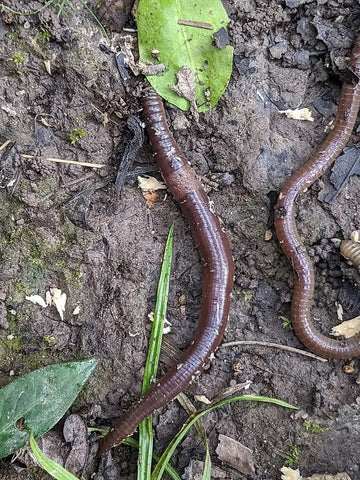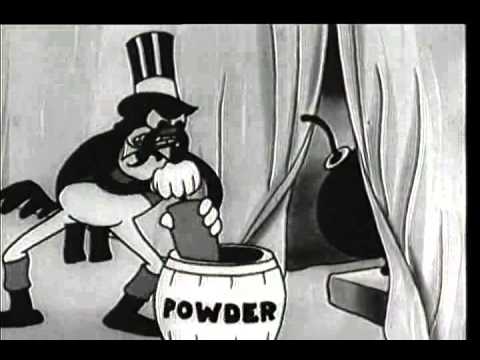Horticulturist Matthew Olson wrote this guest blog. These squiggly villains are a troublesome pest problem facing home gardeners and forested areas across the United States. If you have any more questions or concerns about jumping worms, your local cooperative extension will have the best advice for your area.
Jumping Worms: A Growing Problem
Gardening is full of rewards and challenges. In recent years, an invasive worm known as the jumping worm has been spreading in the U.S., creating problems for gardeners. These worms harm the soil structure, changing the ecosystem of forests and gardens. The initial spread of jumping worms was slow, but now they’re becoming problematic in many areas of the U.S.
What are Jumping Worms?
Jumping worms (Amynthas spp.) are a type of earthworm. They are native to eastern Asia and came to the U.S in the late 1800s. These worms are similar to other earthworms, making them difficult to ID based on size. However, the collar-like ring on their body has a slightly different color than other worms. Jumping worms are known for their ability to jump and wiggle when disturbed. They move along the ground like snakes, creating an "S" shaped pattern.

The Effect of Jumping Worms
Jumping worms impact gardens in several ways. They alter the soil structure by consuming organic matter, causing the soil to become less structured and more prone to erosion. Their consumption of organic matter makes it difficult for microorganisms to improve soil structure. Earthworms are often found deep in the soil, but jumping worms stay near the soil surface. As a result, they leave castings (feces) on top of the soil. Their castings are full of nutrients that are out of reach for plant roots.
The negative effect on soil structure also reduces plant vigor for annuals, perennials, and woody plants.
How To Prevent Jumping Worms?
The best way to control jumping worms is to prevent them. These worms often spread during the transportation of plants, soil, and compost. Making your compost at home assures you of what is in your compost. You can treat outsourced compost with heat (Over 105°F) to kill jumping worms that may be present. If you're buying bagged compost, laying the bags in the sun for several days can effectively heat the compost to kill the worms, depending on the weather.
Plants are another way jumping worms spread. Carefully inspect plants before purchasing and check for granules resembling coffee grounds on the soil. If possible, buy plants that are bare-root.
Jumping worms commonly spread in soil. Keep your shoes free of dirt from other sites and clean your garden tools.
Worms are excellent bait for fishing, but make sure you're not buying jumping worms from the bait shop, and don't dispose of unused bait in woods or waterways.
Do I have Jumping Worms in my Garden?
There are a few ways to know if you have jumping worms in your garden. One sign of jumping worms is the presence of castings on the soil surface. The castings left by jumping worms resemble coffee grounds and densely cover the soil.
You can identify Jumping worms by their behavior. They are aggressive when handled and thrash in many directions like a snake.

You can locate jumping worms by using a mustard test. This test involves mixing hot yellow mustard seed and water to create a mustard solution. Pour the solution over 1 square foot of soil and wait a few minutes. The solution will cause any worms present to come to the soil surface. Discard any jumping worms you find, as the mustard solution will not harm the worms or plants.
My Garden has Jumping Worms; What Should I do?

Prevention is critical, but you can act if jumping worms are present in your garden. As of now, there are no chemical methods of control for jumping worms.
Jumping worms should be hand-picked and disposed of in a trash bag. A container filled with rubbing alcohol and vinegar will also kill jumping worms.
A practical method for killing jumping worms is solarization. This process involves placing soil or compost on top of a sheet of plastic, folding the sheet of plastic to rest on top of the soil, enclosing the solar package, and heating the soil or compost. This method is most effective in summer when temperatures are warmer.
Using the solar method for entire gardens is difficult because you cannot maintain the hot soil temperatures in a whole garden.
Scientists are studying new ways of controlling jumping worms. You can help researchers learn more about this worm by reporting sightings to your local extension service.


Yea seed meal solution is very effective
Mustard solution: What is the water – to- mustard ratio that’s to be mixed?
Our community garden club has been monitoring the jumping worm progress for several years. This article by Matthew Olson is very thorough. Thank you.
Great info!